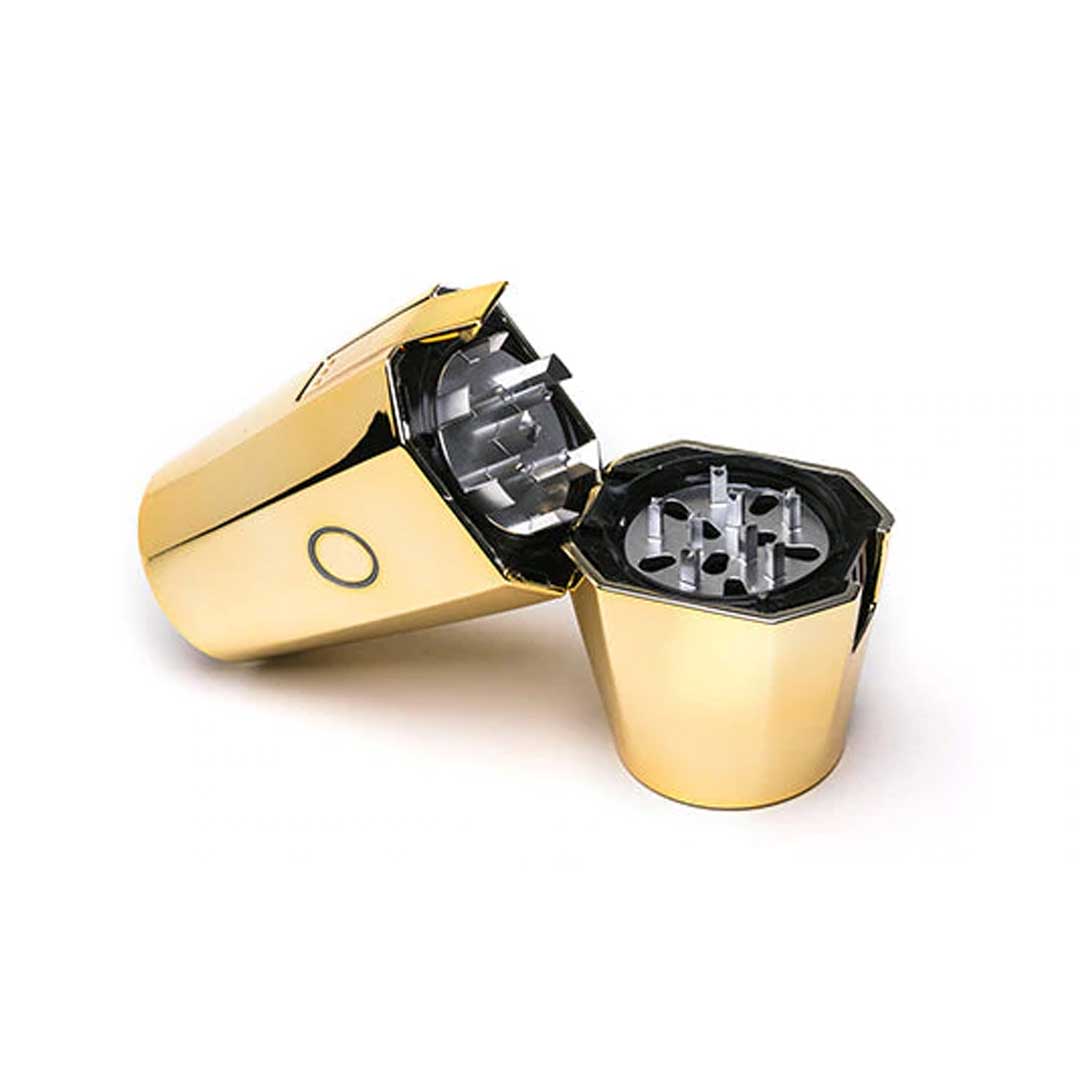Keeping water clean and healthy in aquaculture facilities requires careful disinfection, filtration of the water, flushing, and de-gassing circulation. The most reliable, efficient pumping system is crucial to this operation.
Fish farms are a crowded place with little time for stopping a bao gia may bom chua chay ebara and disassemble it for refining. Fish farms’ pumps should have a lengthy duty cycle.
Fish Farm Pump Systems
With the global demand for fish grows and oceans are over-fished, it’s becoming more frequent to raise seafood on fish farms. These large facilities depend on pumps to transfer seawater, then recirculate to prevent stagnation and transfer trash.
Aquaculture is one of the major expenses in the farming. Pumping accounts for a significant part of the total energy consumption. With the proper selection of a pump, aquaculture operators will be able to significantly reduce energy costs.
In order to determine the necessary pump capacity, simply divide the fish tank size by desired turnover rate (turnover in an hour) to determine the amount of flow needed. Then choose a pump that is able to meet that. Fishing is a crowded industry which is why there’s no need to make long service calls when pumps don’t work, especially during the time they’re moving live fish.
Aquaculture Pump Efficiency
In aquaculture, pumps are vital for the transfer of water in aquaculture, distribution of nutrients, and oxygenation. But, the amount of power they require is among of the highest running cost.
To improve the efficiency of your equipment, be sure your pump has the right size for your needs. Divide the desired turn-over speed by the capacity of your pump so that you can determine how many gallon (or Liters) per hour you need.
The duration of pumping and the power consumption is also reduced by reducing the pump’s velocity at times when less than the full flow is needed. Danfoss offers variable speed drives which allow you to alter the motor’s speed on an electrical basis. That means you’ll be able to control your system flow precisely and save energy by using the “fifth gasoline”. Reducing operating expenses is all about efficient energy consumption.
Sustainable Pumping Solutions for Fish Farms
Aquaculture is faced with many difficulties, including salmon lice issues with water quality algae growth, water quality, and managing waste. In order to overcome these issues, fisheries depend on high-efficiency and eco-friendly pumps that can disinfect, filter, flush or de-gas the water.
Danfoss is a supplier of pumps as well as power conversion technology designed for farms with fish that enhance the efficiency of your pump by reducing the energy consumed. With the help of Danfoss’ pumps speed control on a recirculation sytem, fuel consumption can be cut down to as high as 50 per cent.
The fishing industry is a busy place where many things happen within the span of an eye. It is not possible to make lengthy service calls, when live fish depend on the continuous movement of water that is fresh. They need pumps that are easy to maintain and do not require some form of lubrication. The air-injection pump is the best option.
Maintenance of Aquaculture Pumps
Energy expenses are among the 2nd top operational cost for many Florida aquaculture techniques. One method to cut down on the costs of these is by enhancing pumping systems for aquaculture. The correct system sizing and placement of pumps will increase the efficiency along with reliability and long term.
Pumps should be engineered to work at the highest efficiency (BEP). Cavitation may occur when pumps aren’t operated to the optimal efficiency point (BEP). This can result in costly operational and maintenance expenses.
It is crucial to assess the topography as it could alter the stability of water as well as drainage, and also erosion possibility. The topography also affects the parameters of water quality (temperatures, salinity and pH as well as dissolved oxygen, etc.) which are needed by certain fish species in order to flourish. In the event that a pump malfunctions having another one in the tank will help minimize interruptions.
Innovative Pump Technologies for Aquaculture
In aquaculture, a high level of water quality is critical for the sustainable production of fish. The increase in the number of fish and crowded conditions can cause low health of water as well as stress and illness.
Constant Flow Technology helps maintain regular flow rates despite changing conditions. This can be particularly helpful in RAS systems that have media filters that prevent out waste that could block the system and ensure the oxygen gas flow is at its optimal level.
DESMI provides a range of low-pressure and high-flow pumps suitable for RAS and flow-through applications in the land. They are easier to keep running, and offer more energy efficient across the larger range of capacities. They also work with PLC menus specifically designed for the industry. Aquaculture applications also require precision load measurements.












